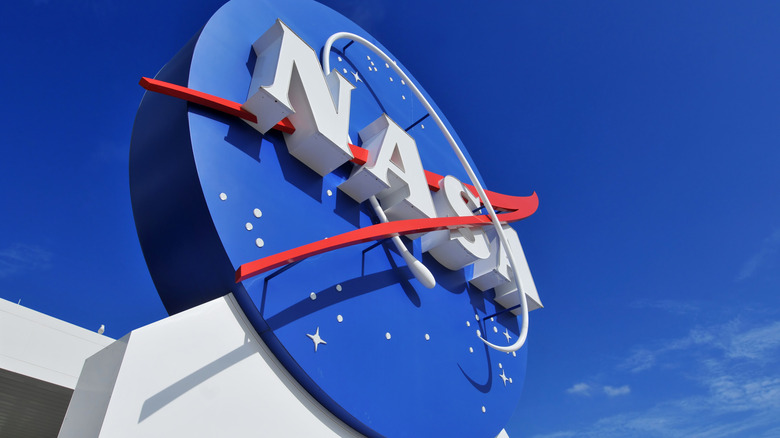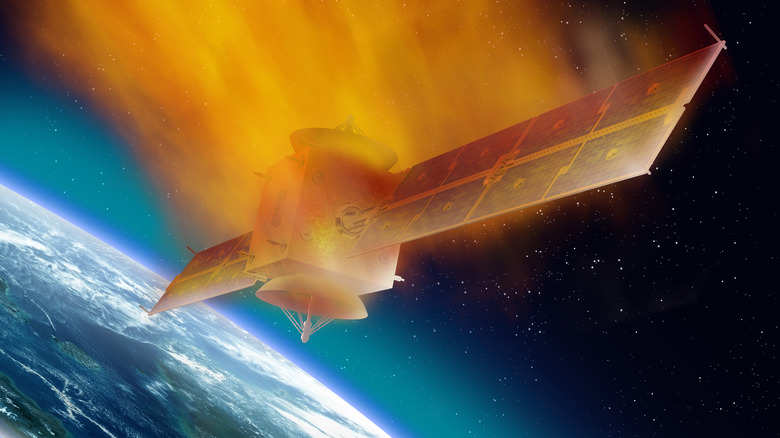'It Was A Very Cool Experience': Texas Woman Watches NASA Equipment Crash-Land On Neighbor's Farm
What do an Australian sheep farm, a mountain resort in North Carolina, and a farm in rural Texas have in common? All of these sites, and many more across the world, have fallen victim to space debris. This type of space junk includes man-made objects in low Earth orbit that have the potential to cause damage here on Earth. We're not talking about disaster movie-level destruction, though there have been a few close calls, but pieces of satellites, rockets, and other space craft.
Low Earth orbit is considered the largest garbage dump in the world. According to Nasa, there's close to 6,000 tons of junk in our skies, and it's very difficult and expensive to remove. As Nasa and other entities worldwide work on ways to reduce and remove space debris, this big problem recently hit close to home — literally — for one family in Texas.
In October 2025, a woman named Ann Walter watched a huge object attached to a large parachute drift across the sky, only to eventually land in her neighbor's field. When she and her family investigated, she didn't find a person, but rather a piece of Nasa space junk.
A cool, if surreal, experience
The large piece of debris that landed in Texas wasn't anything frightening, but it was unknown. The area had not received any warnings to be on the lookout for rogue space junk, so it was quite a surprise for Ann Walter and her family when the SUV-sized object came floating into view. When it came to rest in a wheat field, Walter found a huge piece of scientific equipment and promptly called the sheriff's office.
Eventually they learned that Nasa was indeed on the hunt for the piece of equipment. More specifically, the Columbia Scientific Balloon Facility (CSBF), which is part of Nasa, was looking for it. Based in Palestine, Texas, the CSBF deploys large, automated research balloons to high altitudes not just for Nasa, but other organizations worldwide. The balloons can carry all sorts of scientific instruments. This particular balloon had launched from Fort Sumner a day prior to the crash landing and was studying stars, galaxies, and black holes.
Ann Walter called the experience both "cool" and "surreal" but it also had the potential to be dangerous, especially if the equipment had landed in a more populated area. In 1997, an American woman was struck by a piece of space junk that was later found to be part of a Delta II rocket. Luckily, she was not hurt. With more satellites in orbit than ever before, let's hope that plans like Japan's design to rid us of space junk before it falls back to Earth come to fruition.

